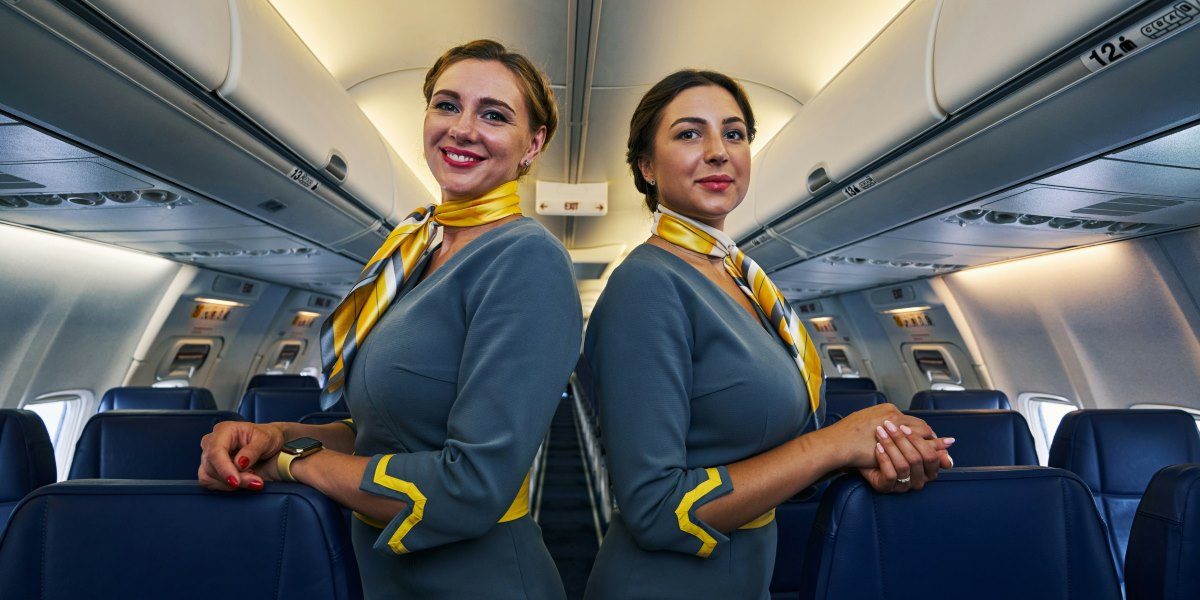The story of women’s empowerment in aviation is closely connected to the history of stewardesses. These pioneering women, who took to the skies in an era when female pilots were a rarity, contributed significantly to reshaping the landscape of the aviation industry and challenging societal norms about women’s roles in the workplace.
The journey began in the 1930s when Ellen Church became the world’s first female flight attendant. Her appointment represented a notable shift in the industry, opening doors for women in a field previously dominated by men. However, it wasn’t until the 1960s and 1970s that stewardesses began to organize more actively and drive substantial change.
In the early days, the role of stewardess was heavily romanticized and highly regulated. Airlines marketed these women as the epitome of femininity and grace, using their image to sell the glamour of air travel. Yet behind this glossy facade lay a web of restrictive practices. Stewardesses faced strict age limits, were required to remain unmarried, and were subject to regular weigh-ins and appearance checks.
Despite these constraints, many women were drawn to the profession for the independence and travel opportunities it offered. In an era when women’s career options were often limited, becoming a stewardess provided a notable path to financial independence and worldly experience. This taste of freedom and autonomy would play a role in fueling the push for greater rights and respect within the industry.
As the women’s rights movement gained momentum in the 1960s, stewardesses began to organize and advocate for themselves. They formed unions and professional associations, providing a united front to challenge unfair practices. The Stewardesses for Women’s Rights (SFWR), founded in 1972, was particularly influential in this regard. These organizations fought against age and marriage restrictions, weight requirements, and other problematic policies that had long been accepted as standard practice.
One of the most significant battles was against the mandatory retirement age for stewardesses, which was often as young as 32 or 35. This policy not only limited women’s career prospects but also reinforced the idea that their value was tied solely to youth and appearance. Through persistent legal challenges and public advocacy, stewardesses helped bring about the removal of these age restrictions, allowing for long-term careers in aviation.
The fight against sexualization was another crucial aspect of their struggle. Stewardesses challenged airlines’ marketing strategies that portrayed them as sex symbols rather than skilled professionals. They advocated for changes to revealing uniforms and suggestive advertising campaigns, seeking to be respected for their expertise in customer service and safety procedures.
These efforts extended beyond the confines of their profession. By challenging discriminatory practices in a highly visible industry, stewardesses helped highlight broader issues of workplace sexism and gender inequality. Their advocacy played a part in shaping key legislation, including the Civil Rights Act of 1964 and the Pregnancy Discrimination Act of 1978, which had far-reaching implications for women in all sectors of the workforce.
The impact of these trailblazing women was significant. They helped challenge stereotypes about women’s capabilities and ambitions, proving that women could excel in high-pressure, safety-critical roles. Their success influenced opportunities for women in other areas of aviation, from pilots to air traffic controllers.
As the role evolved, so did the terminology. The shift from “stewardess” to “flight attendant” reflected a growing recognition of the profession’s importance and gender neutrality. This change represented a broader transformation in how society viewed women in the workplace, acknowledging their professional status rather than defining them by gender.
Today’s flight attendants owe much to the pioneering spirit of those early stewardesses. The profession now attracts both men and women, offers long-term career prospects, and is respected for its crucial role in ensuring passenger safety and comfort. The outdated restrictions on age, marital status, and appearance have largely disappeared, replaced by a focus on skills, experience, and professionalism.
The legacy of these women extends beyond the aviation industry. Their courage in challenging unfair practices and their persistence in the face of adversity continue to serve as an example to women in all fields. They demonstrated that collective action and determination can contribute to meaningful change, even in deeply ingrained systems.
As we reflect on the journey of women’s empowerment in aviation, it’s clear that stewardesses played an essential role. They not only transformed their profession but also made meaningful contributions to the broader movement for women’s rights and equality in the workplace. Their story remains a testament to the impact that determined individuals can have when they come together to challenge injustice and push for change.
The next time you board a plane, take a moment to appreciate the legacy of those pioneering stewardesses. Their fight for dignity, respect, and equal opportunities has left a lasting impact on aviation history and continues to inspire new generations of women to reach for the skies.
Published by Tom W.

















